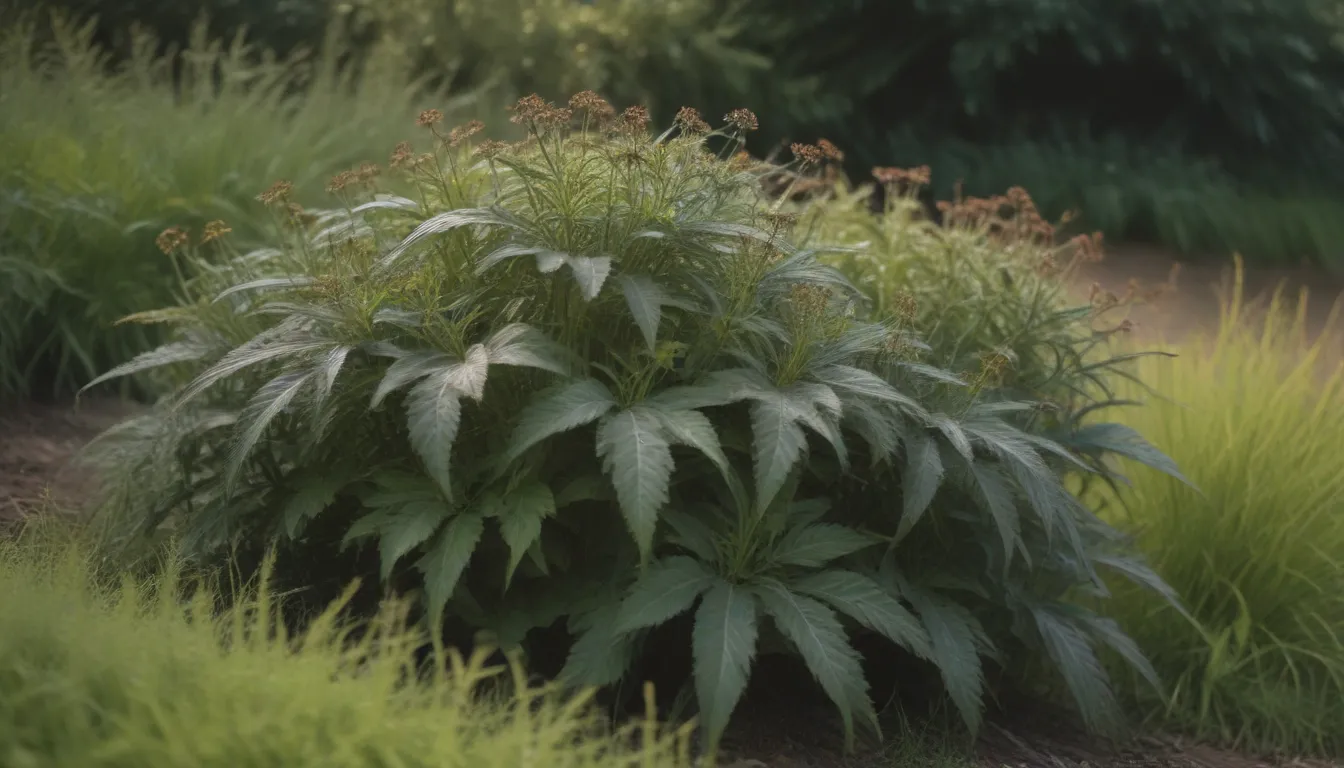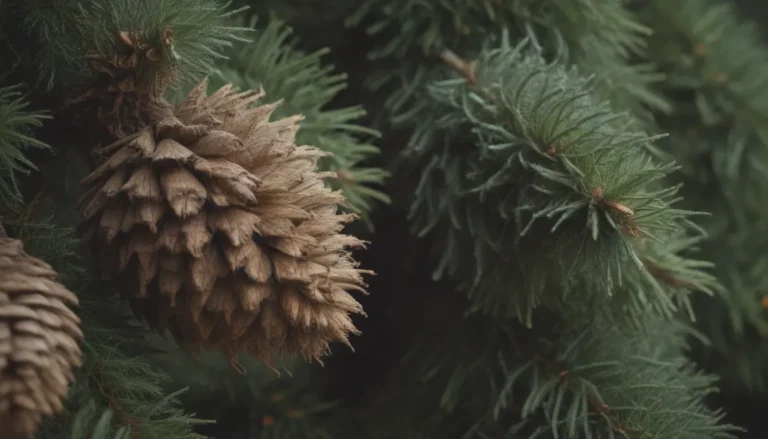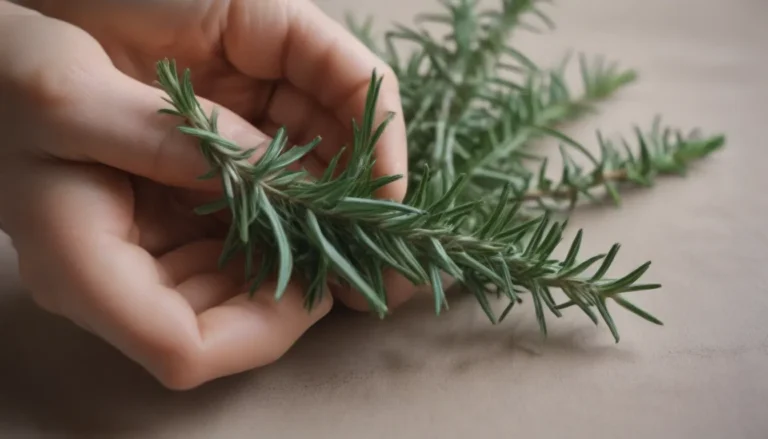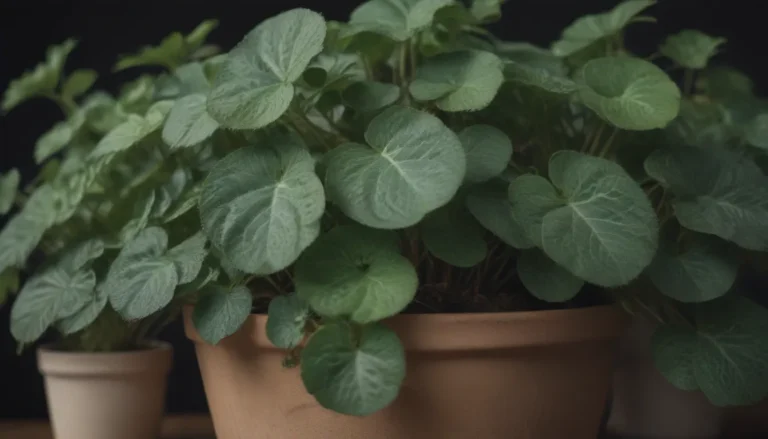Transforming Your Garden: A Comprehensive Guide to Identifying and Eliminating Spurge Weed

Spurge weed, also known as spotted spurge, milk-purslane, or prostrate spurge, is a pesky and invasive weed that can quickly take over your garden if left unchecked. Native to Eastern North America, this weed can be found growing out of sidewalk cracks, along walkways, and in thin lawns. Despite its small size, spurge weed is a force to be reckoned with, spreading its seeds far and wide and thriving in warm soil conditions.
In this comprehensive guide, we will explore everything you need to know about identifying and getting rid of spurge weed in your garden. From its invasive nature to its life cycle and removal techniques, we will equip you with the knowledge and tools necessary to tackle this persistent weed head-on.
How Invasive Is Spurge Weed?
Spurge weed is a common invasive plant that is native to Eastern North America. It can be found throughout most of the United States, apart from the Southeast, due to its sensitivity to humidity and winter chill hours needed for germination. This resilient weed spreads via tiny seeds and has a deep taproot that allows it to grow rapidly, particularly during the summer months.
One of the defining characteristics of spurge weed is its ability to grow anywhere, making it a nuisance for gardeners. It thrives in full sun and can quickly spread, covering other plants and inhibiting their access to sunlight. The roots of spurge weed are tough and firm, making them difficult to remove completely. Even pulling the weed out may not destroy the taproot, leading to quick regeneration and a season-long battle with this persistent weed.
Life Cycle of Spurge Weed
Spurge weed typically sprouts in late spring or early summer from a long, thin taproot. Within two weeks of sprouting, it begins to flower and produce seeds through self-seeding. These seeds can remain viable in the soil for up to eight years, germinating throughout the growing season until frost kills the plant.
In addition to seed propagation, spurge weed also spreads through its extensive branching root system, which can grow up to 15 feet from the taproot. This rapid growth and spreading make it a challenging weed to control and eliminate.
Identifying Spurge Weed
Identifying spurge weed is essential in effectively managing it in your garden. This weed is typically part of the Euphorbiaceae family and related to plants such as the rubber tree and castor bean. Spurge weed has a distinctive appearance, with a lacy network of thin stems and small oval blue-green leaves. The stems may have a reddish tinge, and the plant spreads out in a flat oval or wheel shape rather than growing vertically.
When in bloom, spurge weed produces tiny, pale pink flowers, although they are often pale green in color. The plant has a rapid growth cycle, transitioning from germination to flowering and seed production in just 30 days, making it a formidable opponent for gardeners.
Key Characteristics of Spurge Weed:
- Thin, lacy network of stems
- Small oval blue-green leaves
- Flat oval or wheel-shaped growth pattern
- Tiny, pale pink flowers
- Rapid growth cycle
Removing Spurge Weed
While spurge weed may be relatively easy to pull out, removing every bit of the taproot is challenging due to its thin and deep structure. The weed often regenerates from the taproot, making removal a continuous battle. To effectively remove spurge weed, dig around the plant to loosen the taproot before pulling it up.
In cases where spurge weed is growing in areas that cannot be easily dug, such as sidewalk cracks, a “hori-hori” or Japanese weeding knife with a thin sharp edge may be useful. Diligently pulling the weed every time it appears can eventually weaken the taproot and kill the plant. Non-selective herbicides are an option for controlling spurge weed, but caution must be exercised as these chemicals can harm other plants.
Tips for Removing Spurge Weed:
- Dig around the plant to loosen the taproot before pulling it up
- Consider using a “hori-hori” or Japanese weeding knife for hard-to-reach areas
- Use non-selective herbicides cautiously to avoid harm to other plants
- Pouring boiling water or vinegar over the area after pulling the weed can help kill remaining roots
Preventing Spurge Weed
Preventing the growth of spurge weed is challenging due to its ability to thrive in various conditions. However, there are steps you can take to minimize its presence in your garden. When purchasing nursery plants, always check for spurge weed and remove any weeds before transplanting them. Heavy mulching with newspaper or wood chips can help deter spurge weed growth, although it may still appear in mulched areas.
Maintaining a thick, healthy turf in rich soil with regular mowing, watering, and fertilization can also help prevent spurge and other weeds from taking hold. Pre-emergent herbicides may be used to stop spurge weed from germinating, but caution must be exercised to avoid harming beneficial plants and pollinators in your garden.
Strategies for Preventing Spurge Weed:
- Inspect nursery plants for spurge weed before transplanting
- Heavy mulching with newspaper or wood chips can deter growth
- Maintain a thick, healthy turf with regular maintenance practices
- Use pre-emergent herbicides cautiously to prevent germination
Comparing Different Types of Spurge Weed
Spurge weed is just one of several troublesome weed species that belong to the Euphorbia genus. Other types include ground spurge, creeping spurge, petty spurge, garden spurge, nodding spurge, and thyme-leafed spurge. While all these species share toxic milky sap and self-sowing seeds, they vary in their invasiveness and growth habits.
Ground spurge and creeping spurge, like spotted spurge, act as groundcovers and spread rapidly. Creeping spurge can produce roots along the stem nodes, creating new plants vegetatively as it spreads. However, unlike prostrate and spotted spurge, creeping spurge does not root at its stem nodes. Each type of spurge weed has its own unique characteristics and management strategies, making it essential to accurately identify the specific species in your garden.
Varieties of Spurge Weed:
- Ground spurge
- Creeping spurge
- Petty spurge
- Garden spurge
- Nodding spurge
- Thyme-leafed spurge
In conclusion, spurge weed is a persistent and invasive weed that requires proactive management strategies to control and eliminate. By familiarizing yourself with its characteristics, life cycle, and removal techniques, you can effectively combat this troublesome weed and create a healthier, more vibrant garden. Remember to always exercise caution when using herbicides and follow best practices for weed control to prevent the spread of spurge weed in your garden.





